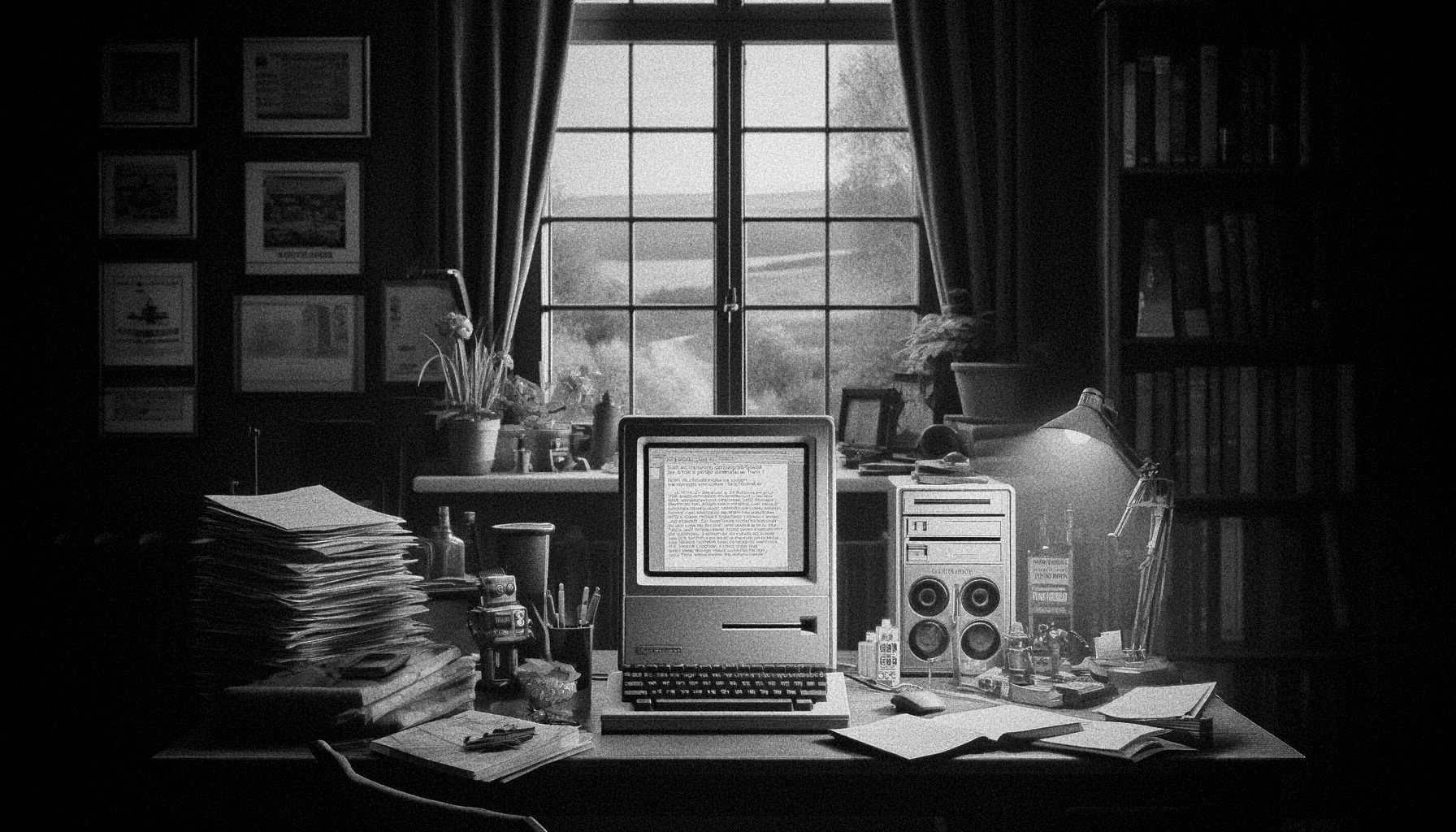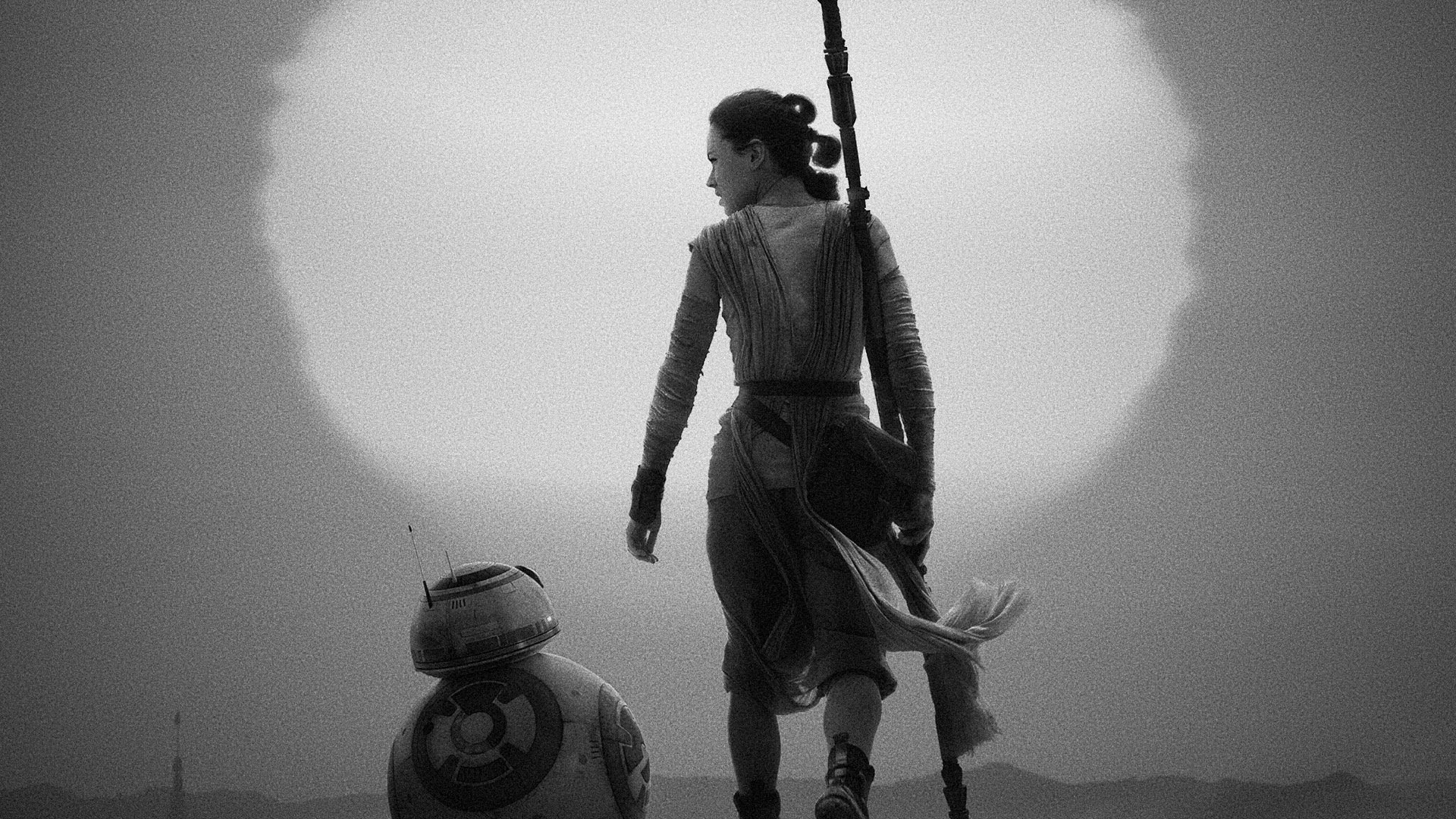
La Nuit américaine (1973)
»Day for Night,« directed by François Truffaut, is a meta-cinematic film that serves as a passionate love letter to the art of filmmaking, blending comedy and drama to showcase the unpredictable nature of movie production. The narrative follows the chaotic process of creating the fictional film »Meet Pamela,« with Truffaut playing himself as the director, offering a behind-the-scenes look at the myriad challenges faced by the cast and crew. Through its rich character exploration, poignant dialogues, and clever use of film techniques, »Day for Night« captures the intersection of life and cinema, reflecting on the artifice and illusion inherent in the filmmaking process.
The Bad and the Beautiful (1952)
Directed by Vincente Minnelli, »The Bad and the Beautiful« (1952) offers a compelling and introspective look into the ruthless and glamorous world of Hollywood, exploring themes of ambition, success, and complex human relationships. The narrative centers on three intertwined stories reflecting different stages in the career of Jonathan Shields (Kirk Douglas), a film producer whose journey involves love, betrayal, and artistic sacrifice. With strong performances from the ensemble cast, including Lana Turner, Barry Sullivan, and Dick Powell, and Minnelli's expert direction and elegant cinematography, the film remains a thought-provoking exploration of the entertainment industry's moral and personal costs, making it a notable classic in Hollywood cinema.
George Lucas in Love (1999)
»George Lucas in Love,« directed by Joe Nussbaum, is a witty short film that blends the world of George Lucas with a comedic love story set in a college environment. Released in 1999, it humorously portrays a young Lucas, played by Martin Hynes, struggling to find inspiration for his thesis film at USC, eventually drawing inspiration from a romance with Marian (Lisa Jakub). The film cleverly integrates references to iconic Star Wars elements, celebrating Lucas' work while showcasing the creativity and humor of Nussbaum and his team, making it a delightful tribute to both Lucas and the romantic comedy genre.
Thor - Ragnarök (2017)
Marvel Studios' films, particularly »Thor: Ragnarok,« directed by Taika Waititi, showcase the studio's ability to blend different styles into a successful and coherent meta-narrative within the Marvel Cinematic Universe (MCU). This third Thor film and 17th installment in the MCU stands out as a comedic masterpiece that combines humor with subversive and socially critical tones, featuring standout performances by Chris Hemsworth, Jeff Goldblum, Cate Blanchett, Tom Hiddleston, and more. Unlike Warner Brothers' faltering DC Universe attempts, Marvel excels at entertaining mass audiences while satisfying hardcore fans, demonstrating that even a film about gods and spaceships can tackle serious themes with a light-hearted approach.
Them (1954)
In the New Mexico desert, mysterious deaths lead Sergeant Peterson and his team to discover giant mutated ants near a nuclear weapons test site, prompting a coordinated effort with the army to destroy the nests, though two queen ants escape. Directed by Gordon Douglas, this 1954 science fiction film uses minimalistic techniques, such as sound and actor reactions, to create tension and suspense, similar to the later films "Jaws" and "Alien." "Formicula" explores the consequences of nuclear technology, showcasing the monstrous aftermath through a compelling narrative that has earned it a classic status in 1950s sci-fi cinema.
Logan (2017)
In »Logan,« set in 2029, the aging mutant Logan, with his waning self-healing powers, takes care of ailing Professor X alongside the mutant Caliban while living in hiding on the U.S.-Mexico border. Their lives take a dramatic turn when Logan is asked to escort a young mutant girl, Laura, to safety, drawing the attention of a ruthless mutant hunter. The film portrays a bleak future dominated by corporations, where marginalized mutants struggle for survival, and highlights the societal decay and moral consequences of violence in a Western-like narrative within the superhero genre.
The Thing (1951)
Released in 1951 and directed by Christian Nyby, »The Thing« is a seminal science fiction film exploring themes of paranoia, fear, and human reactions to the unknown, based on John W. Campbell Jr.'s novella "Who Goes There?" Set in a remote Arctic outpost, the film follows a crew that discovers an extraterrestrial creature capable of taking any form, driving them into a state of distrust and fear as they struggle to identify the alien among them. Known for its groundbreaking special effects and suspenseful narrative, "The Thing" also reflects Cold War-era anxieties about infiltration and subversion, making it a thought-provoking classic in the genre.
The Day The Earth Stood Still (1951)
Directed by Robert Wise, »The Day the Earth Stood Still« follows Klaatu, an alien who lands in Washington to promote peace but is met with hostility and suspicion. After being shot by a soldier, Klaatu escapes and mingles with humans to gauge their capacity for peace, reflecting the film’s critique of Cold War-era politics and its enduring relevance. The film stands out for elevating the sci-fi genre with its focus on human virtues and flaws, outstanding performances, and its call for global cooperation and peace.
Captain America - Civil War (2016)
When the latest mission of the Avengers, led by Captain America, results in numerous innocent casualties, the United Nations passes the Sokovia Agreement, dividing the heroes into factions. Tony Stark (Iron Man) supports the decree, while Steve Rogers (Captain America) views it as a threat to their autonomy, leading to a split and eventual conflict between the two sides, with each superhero contributing meaningfully to the plot. »Captain America: Civil War,« directed by Anthony and Joe Russo, skillfully balances an intricate narrative and character development, drawing favorable comparisons to »Batman v Superman« while maintaining humor and self-irony, setting a new benchmark for superhero ensemble films.
Ant-Man (2015)
In the summer of 2015, as superhero fatigue was setting in and Marvel's cinematic universe was reaching peak saturation, the studio took its biggest gamble yet with its smallest hero. Ant-Man, starring Paul Rudd as a cat burglar turned microscopic crusader, seemed destined for failure. The project had lost its original director Edgar Wright after eight years of development, the concept felt inherently silly even by comic book standards, and audiences appeared increasingly weary of origin stories. Yet somehow, this modestly-scaled film about a hero who can shrink to the size of an insect emerged as one of Marvel's most charming and significant entries, marking a crucial pivot point in the studio's approach to storytelling.


















